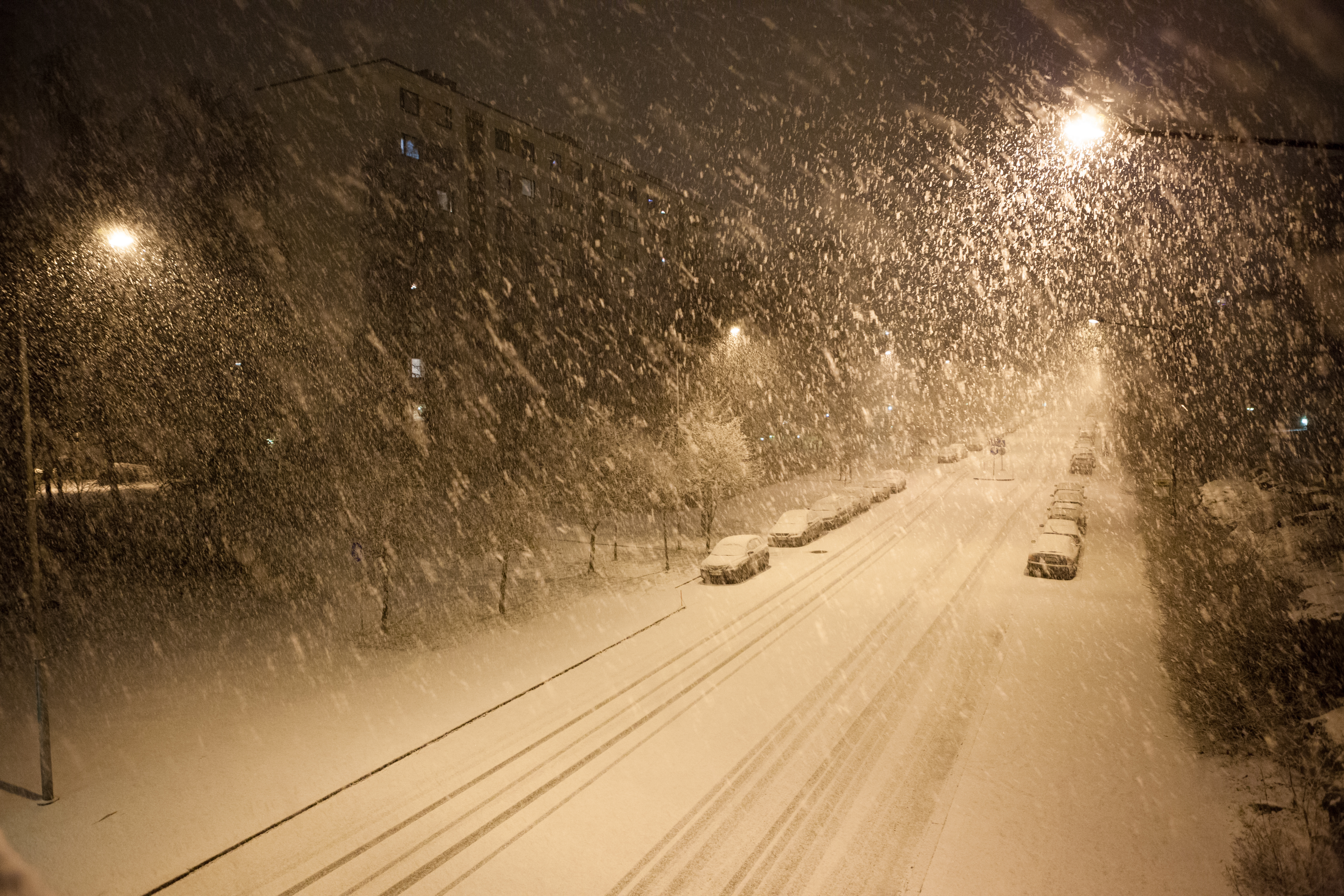
Alberta’s winter storms can be intense and hit anywhere from September to the end of May.Strong winds and huge dumps of snow can create perilous driving conditions, knock out power, and cause damage to your home.We’ve put together a checklist of what you can do to prepare for a winter storm in Alberta. Before a Winter Storm in Alberta Inspect your home’s exterior.
Check the foundation, roof, siding, windows and doors for holes, cracks, bends, or any other damage.It’s important to get these problems fixed while they’re small so they don’t become a big issue.This should be done several times a year.
Inspect your home’s insulation.Your insulation helps keep your home warmer, protecting your pipes from freezing and lowering your energy bills.Make sure your attic and exterior walls are properly insulated and bulk it up if it needs it.
You can also wrap pipes in insulating material.Caulking or weather-stripping doors and windows is also super easy and can make a big difference. Inspect your furnace. Your furnace should be checked before winter arrives and the filter should be changed every 3 months (although that may depend on your furnace and filter).Get a professional to tune it up if it needs it - you don’t want to be without heat if it’s cold.
Inspect and clean your chimney/flue.If you have a wood stove or fireplace, ensure the chimney is clean and working before winter in case you want to use your wood stove or fireplace as a heat source. Install and check smoke and carbon monoxide detectors. These should be tested a few times a year.
Winter comes with a higher risk of fires and carbon monoxide poisoning, especially if the power goes out and you’re using alternative heat sources. Have fire extinguishers on hand and know how to use it.Fire extinguishers are good to have on hand, winter storm or not.Make sure everyone in the house knows where it is and how to use it.
Have an alternative heat source on hand. You can use a fireplace or wood stove.If you have a generator, make sure you run it outside. Keep warm blankets, sleeping bags, and clothing on hand. If the power goes out, you’ll want all the warmth you can get. Have food and water to last for a week. Make sure it’s non-perishable and can be consumed even if the powers out.This can include canned goods like soup, stews, sauces, meat, fish, beans, fruit and veggies; canned goods such as pasta, cereal, crackers, dried fruit, granola bars, jerky, peanut butter, and trail mix; drinks including tea, coffee, juice and water. Don't forget about food for your pets! Have battery-operated flashlights.
Head lamps are an even better option for keeping your hands free. Have a battery- or crank-operated radio.This can help you stay up to date with what's going on.
Have fun activities.Games, toys, cards, and books can all help pass the time, especially if the power goes out. Ensure your first aid kit is well-stocked.
The Canadian Red Cross has a list of what your first aid kit should have and also sells complete kits. Have shovels and snow removal equipment.Whether you plan to shovel by hand or use a snow blower, make sure you have the equipment on hand before the first snowfall.
Keep in mind you’ll need fuel for any machines.Keeping sand, kitty litter, or pet- and plant-safe ice melting product is a good idea to reduce the slip and fall hazard on your home’s walkways and sidewalks. Install a snow fence, if necessary. If you need to get to outbuildings or live on a big property, you may want to install a snow fence to help keep key routes clear. Have an emergency plan. It’s important to communicate to your household what should be done in the event of a winter storm, especially because there can be power outages, dangerous weather, and busy phone lines.
Have an emergency kit in your car and install winter tires. Just in case you’re stranded in a winter storm while you’re driving, keep an emergency kit in your vehicle.You should have a shovel, sand or kitty litter, spare fuel, first aid supplies, a flashlight, a knife, warm clothing, water and food. During an Alberta Winter Storm If there’s a storm raging outside (or one is rolling in), here’s what you should do: Listen to weather warnings and alerts on the television, radio, or internet/social media. Fill up your water containers. Avoid going outside or travelling.If you must go outside or travel, dress appropriately and don’t go alone if you can avoid it.
If you need to get to outbuildings, use ropes to navigate.Make sure you can recognize the symptoms of frostbite and hypothermia. Avoid using candles - use your flashlights, instead. Put plastic or blankets over windows if their insulation is poor. Put towels at the bottom of the doors if insulation is poor. If the power goes out, turn taps on to drip. This can help avoid burst pipes.You can also turn your water off and drain the pipes into water containers (to ensure you’ll have some extra water).
If the power goes out, dress in warm layers and congregate in one room with fewer windows that you can heat. Eating and drinking warm beverages generates heat! Use generators and grills outdoors only, and never heat your home with a gas stovetop or oven.Unplug appliances and electronics if the power goes out to prevent damage if there is a power surge. Winter storms can last a long time and dump a lot of snow.
Wind, snow and ice can cause damage, including knocking out power. After a Winter Storm in Alberta Once a storm is over, here’s what you can do: Avoid travel until roads have been cleared or the weather has improved. Dress appropriately for going outside. Check on your neighbours. Clear the snow.Take your time and avoid overexertion.Ask a neighbour or pay a company to take care of snow removal if you’re unable to do the work. Check for damage. If you have a claim, give your insurance broker a call.
We can help you submit a claim and document what happened.Home insurance in Alberta will generally cover damage from wind and winter storms (like roof collapse).
Publisher: Personal Umbrella Liability Insurance








